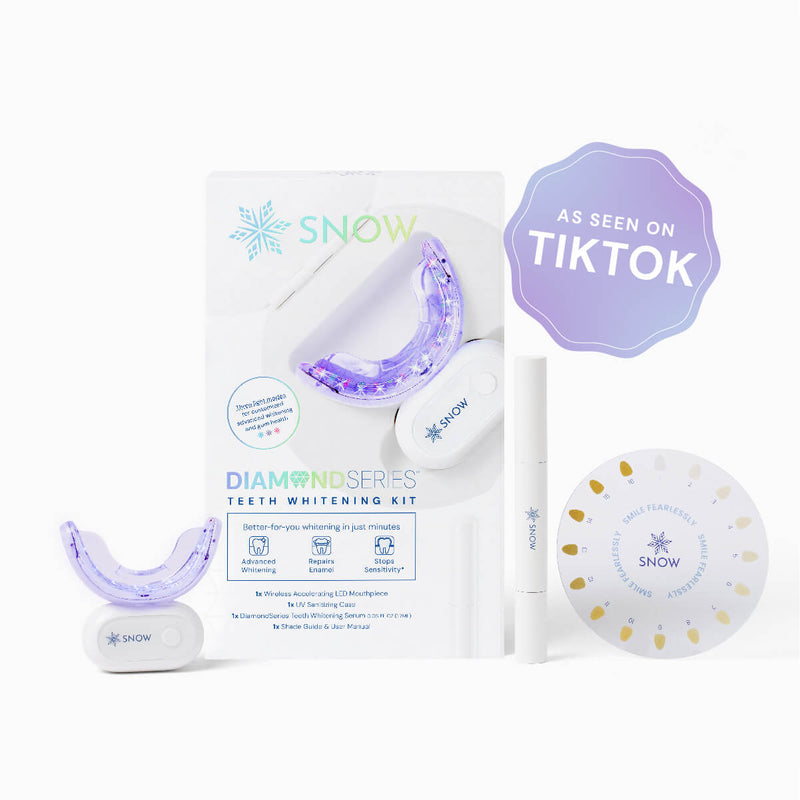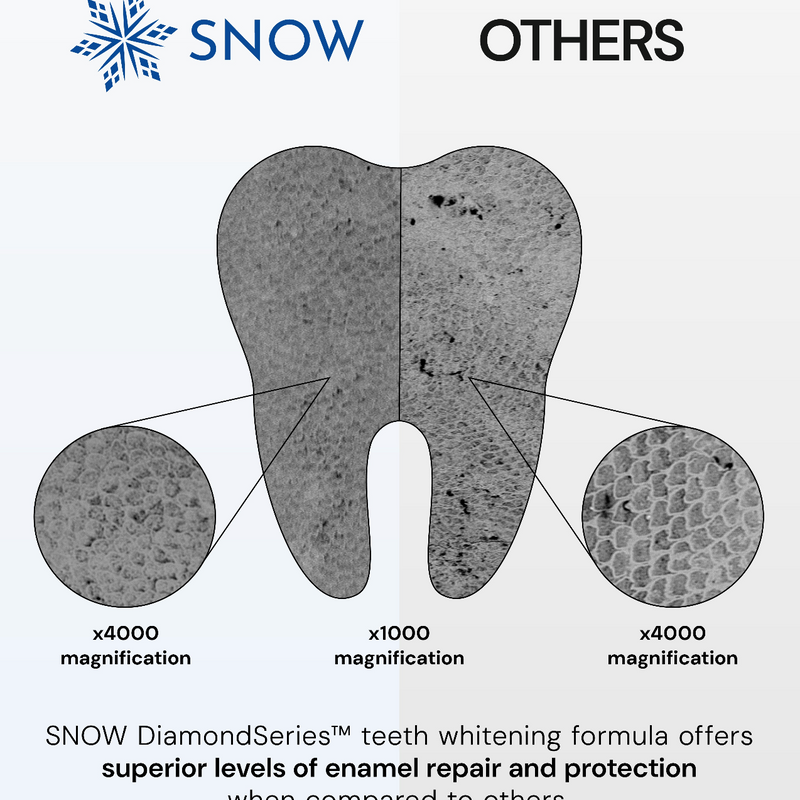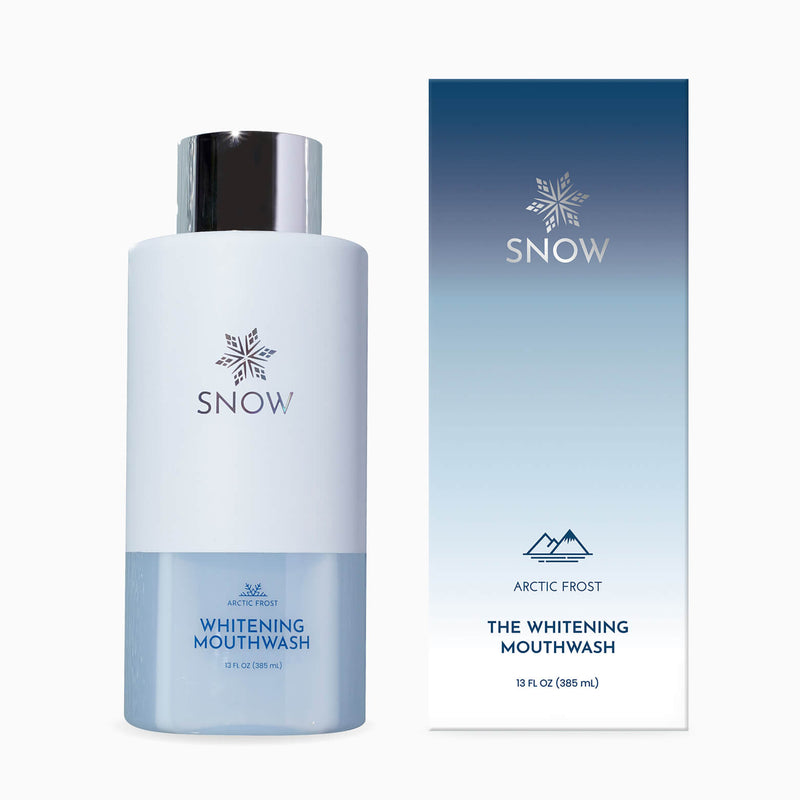When it comes to the query, what happens if you use too much toothpaste? Our findings show that using too much can lead to dental fluorosis and other oral health issues.
In this article, we'll explore the effects of excessive toothpaste use, including the prevalence of fluorosis and its impact on adults. We'll also discuss the recommended amount of toothpaste for both adults and children and address the potential risks if a child ingests an entire tube.
Here are the details.
What this article covers:- What Happens When You Use Too Much Toothpaste?
- How Common Is Fluorosis?
- What About for Adults?
- How Much Toothpaste Should I Use?
- How Much Should a Child Use?
- What If My Child Consumes an Entire Tube of Toothpaste?
What Happens When You Use Too Much Toothpaste?
Using too much toothpaste can lead to several issues, both immediate and long-term. One of the primary concerns is the ingestion of excess fluoride, especially in children.
Fluoride is essential for strengthening tooth enamel and preventing cavities, but excessive amounts can cause dental fluorosis. This condition manifests as white spots or streaks on the teeth, which, while not harmful, can be aesthetically displeasing and indicate an imbalance in fluoride intake.
Based on our observations, overuse of toothpaste can also lead to increased sensitivity and irritation of the gums.
When considering what toothpaste whitens teeth, it's important to balance effectiveness with safety. For those seeking a safe and effective whitening solution without the risks of overuse, Magic teeth whitening strips by SNOW offer a hassle-free whitening experience.
Designed with patented P3 Technology®, these strips combine hydrogen peroxide with pentasodium triphosphate and sodium hexametaphosphate to deliver up to 7 shades whiter teeth.
How Common Is Fluorosis?
Dental fluorosis, caused by excessive fluoride intake during the teeth's formative years, is relatively common, particularly in areas with high fluoride levels in drinking water.
Our research indicates that approximately 41% of adolescents in the United States exhibit some degree of dental fluorosis. Most cases are mild, presenting as barely noticeable white spots on the teeth.

Moderate to severe cases, characterized by more pronounced discoloration and surface irregularities, are much less common and typically occur in areas with significantly elevated fluoride levels in the water supply.
The prevalence of fluorosis has increased in tandem with the expansion of fluoride sources beyond drinking water, like fluoride toothpaste and supplements.
While these sources are crucial for preventing tooth decay, they contribute to overall fluoride exposure, particularly if used improperly.
If you're concerned about the appearance of your smile, complementing your oral care routine with SNOW's lip exfoliator can gently buff away dead skin cells while hydrating and nourishing your lips.
What About for Adults?
In adults, the risk of developing dental fluorosis is non-existent, as the condition only occurs during the period when teeth are forming under the gums. However, adults can still experience other adverse effects from excessive fluoride intake, like skeletal fluorosis, which affects bones and joints.
This condition is extremely rare in the United States, thanks to stringent regulations on fluoride levels in drinking water and other consumer products.
The primary dental concern for adults remains tooth decay, which is effectively managed through appropriate fluoride use. Adhering to recommended fluoride levels ensures that adults benefit from its protective effects against cavities without encountering adverse health impacts.
When considering what to look for in toothpaste, adults should prioritize fluoride content and specific needs such as sensitivity or whitening properties.
To further protect and brighten your smile, consider incorporating SNOW's Arctic Frost teeth whitening mouthwash into your daily routine. With hydrogen peroxide, it removes stains and freshens breath.
How Much Toothpaste Should I Use?
For optimal dental health, adults should use a pea-sized amount. This is sufficient to clean the teeth effectively while minimizing the risk of ingesting excessive fluoride.
How Much Should a Child Use?
For children under the age of three, it is recommended to use a smear of fluoride toothpaste about the size of a grain of rice. This small amount is sufficient to help prevent tooth decay without the risk of ingesting too much fluoride.
For children aged three to six years, a pea-sized amount of fluoride toothpaste should be used. Parents should supervise their children during brushing to ensure they use the correct amount and learn to spit out the toothpaste rather than swallowing it.
What If My Child Consumes an Entire Tube of Toothpaste?
If a child ingests a significant amount of toothpaste, contact your local poison control center or seek medical attention promptly.
Our findings show that it can lead to gastrointestinal discomfort, like nausea and vomiting and, in severe cases, it can cause more serious symptoms like abdominal pain, diarrhea, and even fluoride toxicity, which affects the heart and other organs.
It's essential to keep toothpaste tubes out of reach of young children to prevent such incidents.
For those interested in what is hydroxyapatite toothpaste, it's a fluoride-free alternative that uses a naturally occurring mineral to help remineralize tooth enamel.
Conclusion
Using too much toothpaste can result in dental fluorosis and other health complications, especially for children.
We covered the effects of excessive toothpaste use, the prevalence of fluorosis, its impact on adults, the correct amount of toothpaste for different ages, and what to do if a child consumes a large amount.
For safe and effective teeth whitening, trust SNOW's products to boost and protect your smile.
Did our blog meet your needs? You might also find our other guides helpful:
- Can You Bring Electric Toothbrush on Plane?
- Travel Electric Toothbrush
- Brushing Lips with Toothbrush
- What Is the Back of the Toothbrush for?
- Should You Wet Your Toothbrush
- Electric Toothbrush After Wisdom Teeth Removal
- Electric Toothbrush Stops Spinning When Brushing Too Hard
- How Should You Hold the Toothbrush During Brushing?
- How Much Toothpaste Should You Put on Your Toothbrush?
- Why Are Toothbrushes Important?
- What Is the Most Popular Toothbrush Color?
- Best Toothpaste for Sensitive Teeth
- Best Purple Toothpaste
- Best Hydroxyapatite Toothpaste
- Best Toothpaste Tablets

























